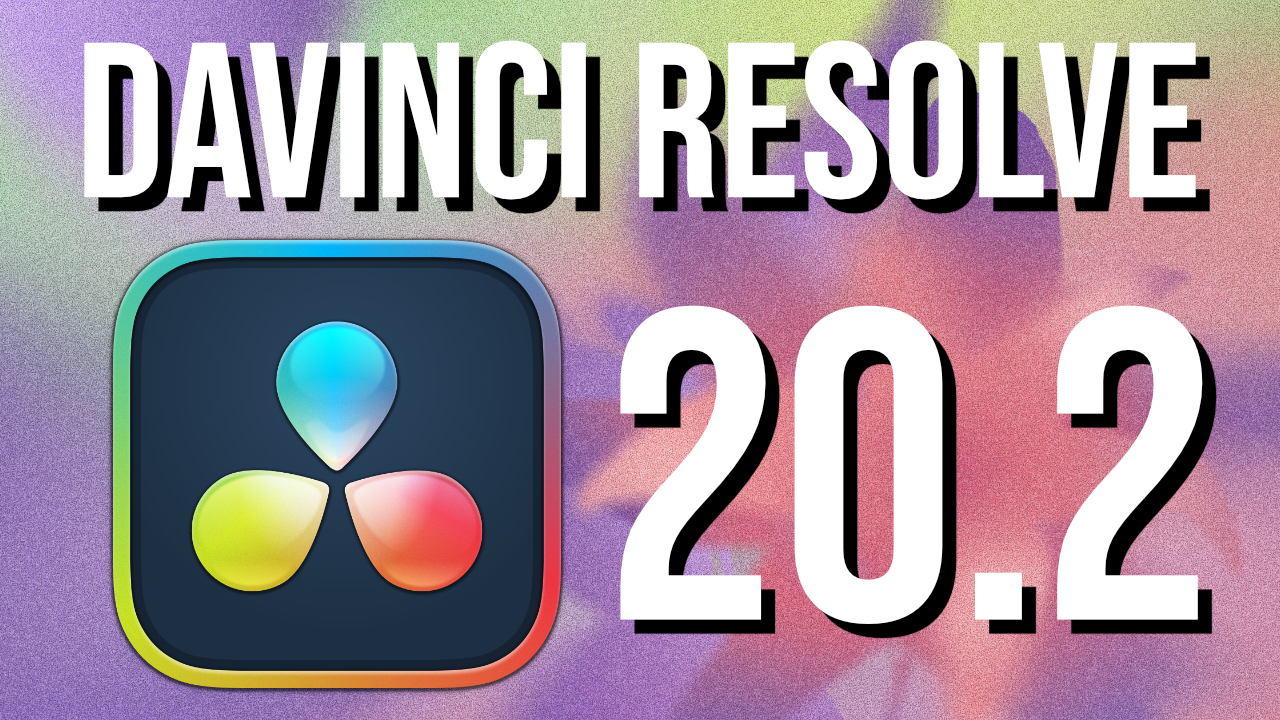
Blackmagic Design has released DaVinci Resolve 20.2, an update that introduces a variety of new tools and operational enhancements across the software suite. This version brings targeted improvements to immersive video production, editing efficiency, visual effects, and color grading, along with expanded codec support. Here’s a detailed look at what the update offers.
Advancements in Immersive and Stereoscopic 3D Workflows
A key focus of the 20.2 update is the expanded toolset for creating immersive content, particularly with the URSA Cine Immersive camera. Users can now stream directly from the Fusion page to an Apple Vision Pro headset, providing a real-time preview of their immersive environment.
The update also includes:
- Support for immersive options and world pose rotations within the PanoMap tool.
- The ability to render stereoscopic 3D projects as full side-by-side or top-bottom files.
- Node stack support and EXR workflow compatibility for stereoscopic 3D projects.
Efficiency Boosts for the Cut and Edit Pages
Editors will find several new features designed to streamline their workflow. In the Edit page, the sync lock control now operates independently from track auto-select, giving you more precise control when rippling edits on complex timelines. Ripple trimming has also been refined to better preserve sync for all edit actions.
Other notable editing enhancements include:
- The trim editor now displays automatically during dynamic trimming, with a user preference to switch to a single viewer mode.
- An actions toolbar has been added to the curve and keyframe editor in the timeline.
- Guides now support individual colors and lock states, and you can switch between pixel and percentage values when positioning them.
- Audio workflow is improved with an option to ripple delete silence and preserve audio bus automation during edits.
- For macOS users, transcriptions and voice convert analysis are now up to 2x faster.
Fusion Page Updates
The Fusion page receives a significant performance improvement, with the surface tracker now operating up to 2x faster. Visual effects artists can also take advantage of:
- Support for editing custom guides directly within Fusion viewers.
- Improved alignment and transformation controls for the MultiText tool.
- Expanded USD capabilities, including support for animated image inputs and multilayer support for the 3D and USD renderers.
New Creative Tools and Refinements on the Color Page
Colorists get access to a new AI-powered Resolve FX, Cinematic Haze, which allows for the addition of realistic atmospheric effects to a scene. The Resolve FX light effects can also now use alpha sources to generate glows.
Workflow improvements on the Color page include:
- A new menu action to navigate directly to clips using their clip number.
- The ability to reset the node color for multiple selected clips simultaneously.
- RCM and CST now use the ITU BT.2408 standard for HLG and PQ conversions, ensuring greater color accuracy.
Fairlight, Codecs, and General Improvements
For audio post-production, the Fairlight page adds project settings to disable soft fades between clip edits and to set a custom ramp-to-play time.
One of the most significant additions in this update is the expanded codec support, which now includes:
- Decoding for Apple ProRes RAW clips.
- Decoding for R3D NE and Sony ARW files.
- Support for ARRICORE clips.
- Encoding for Samsung APV clips.
Finally, several general improvements have been implemented across the application. Users can now press and hold the ‘C’ key to skim the playhead in viewers, and exported DRT timelines will now include linked Fusion comp media. The scripting API has also been enhanced to support adding subtitles to render jobs and setting timeline and media pool clip names.



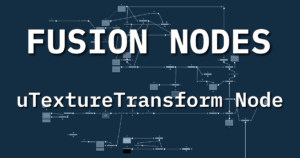

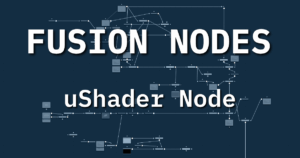
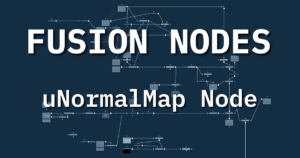

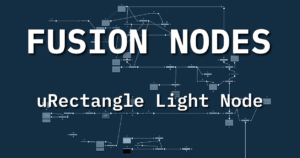


Start the discussion at postprolist.com